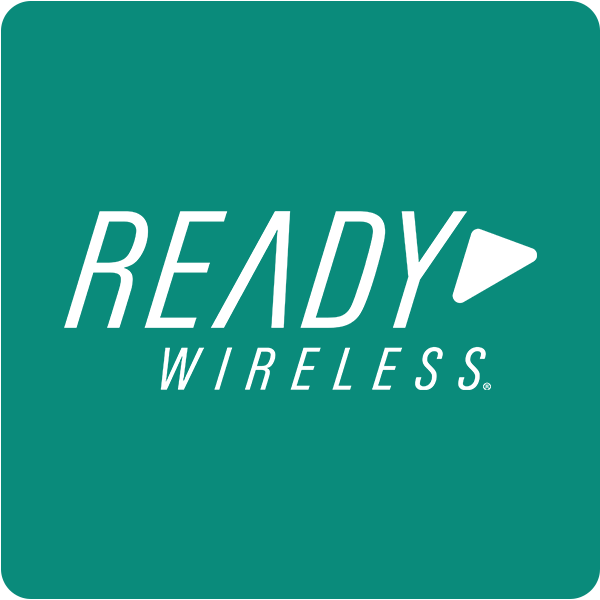In the ever-evolving landscape of fleet management, the integration of Internet of Things (IoT) technologies has emerged as a game-changer. One significant area where IoT is making a profound impact is in the realm of insurance premiums for fleet vehicles. In this blog post, we delve into the transformative effects of IoT on insurance costs, exploring how smart technology is reshaping risk assessment, promoting safety, and ultimately driving down premiums.
1. Data-Driven Risk Assessment:
Traditionally, insurance premiums for fleet vehicles were determined by historical data, generalized statistics, and subjective evaluations. With the advent of IoT, the game has changed. Real-time data streaming from connected devices, such as OBD-II trackers and sophisticated telematics systems, allows insurers to make informed decisions based on actual vehicle performance, driver behavior, and environmental factors. This shift from historical trends to real-time data results in a more accurate and fair assessment of risk.
2. Predictive Analytics for Proactive Risk Mitigation:
IoT enables predictive analytics to forecast potential risks before they escalate. Through continuous monitoring of vehicle conditions and driver behavior, insurers can identify patterns that may lead to accidents or breakdowns. By addressing these issues proactively, the frequency and severity of claims are reduced, positively impacting the overall risk profile of the fleet and, subsequently, insurance premiums.
3. Enhanced Driver Safety and Training:
Connected devices not only collect data but also provide real-time feedback to drivers. This fosters a culture of safety within the fleet. Insurers are recognizing and rewarding companies that invest in driver training programs and use IoT data to improve safety practices. Safer driving habits result in fewer accidents, reduced claims, and ultimately lower insurance premiums.
4. Tailored Insurance Solutions:
IoT allows for a more personalized and flexible approach to insurance. Insurers can tailor coverage plans based on the specific needs and risk profiles of individual fleets. This flexibility not only ensures that businesses pay for the coverage they require but also promotes a collaborative partnership between insurers and fleet managers.
**5. Proof of Safe Driving:
Many insurance providers now offer usage-based insurance (UBI) or pay-as-you-go models. IoT data serves as a tangible proof of safe driving habits. Fleets that consistently demonstrate responsible driving behavior through connected devices can negotiate lower premiums as insurers gain confidence in their commitment to safety.
The impact of IoT on insurance premiums for fleet vehicles is a testament to the transformative power of technology in optimizing risk management. As the industry continues to embrace connectivity and data-driven insights, fleet managers can look forward to not only more accurate premium assessments but also greater control over their operational costs. The shift towards a proactive, data-centric approach not only benefits insurance providers but also empowers fleet managers to foster safer driving practices and, in turn, secure more cost-effective coverage for their valuable assets. In the dynamic landscape of fleet management, IoT is proving to be a key ally in the pursuit of safety, efficiency, and financial sustainability.

